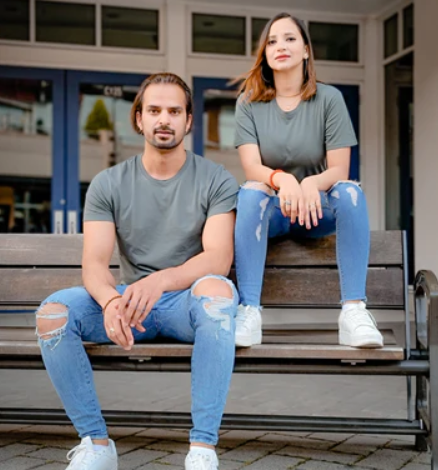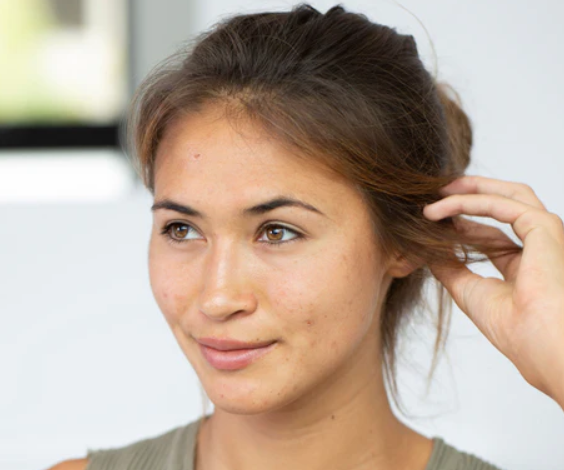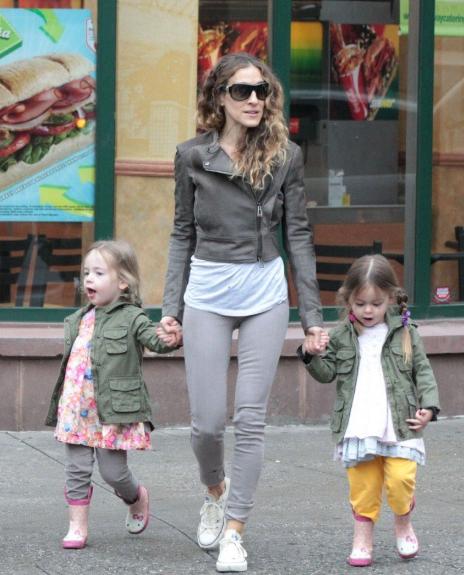Loose vs. Tight Shirts: Choosing the Right Fit for Style and Comfort

In fashion, fit is everything. Whether you prefer the relaxed feel of a loose shirt or the sharp silhouette of a fitted one, the way your clothes hug—or hang from—your body plays a crucial role in how you look and feel. The debate between loose and tight shirts has long been part of the fashion dialogue, and with good reason: both styles offer unique advantages depending on the setting, your body type, and personal preference.
This guide explores how shirt fits have evolved, the benefits and limitations of each style, and how to choose the right shirt for any occasion.
A Brief History of Shirt Styles
Historically, shirt styles have shifted in response to cultural trends and lifestyle needs. Ancient civilizations like the Egyptians and Greeks favored loose garments made of breathable materials, while later periods such as the Renaissance celebrated more structured, tailored pieces as symbols of status.
The 20th century saw frequent changes: the free-flowing shirts of the 60s and 70s gave way to tighter, physique-focused styles in the 80s. Today, both styles coexist, giving people the flexibility to choose what best suits their identity and comfort.
Understanding Loose Shirts: Easygoing and Versatile
Loose shirts are defined by their relaxed fit. They offer breathability and room for movement, making them ideal for casual settings or warm climates. These shirts are also forgiving, accommodating a variety of body shapes without emphasizing any one area.
Benefits of Loose Shirts:
- Great for layering
- Comfortable during long wear
- More forgiving on various body types
- Increased airflow and breathability
Things to Consider:
- Can look unstructured if too oversized
- May not suit formal or tailored dress codes
A good loose shirt should drape naturally without swallowing your frame. It should allow for movement while still giving a sense of shape—especially around the shoulders and sleeves.
Tight Shirts: Tailored and Intentional
On the other end of the spectrum, tight shirts offer a more fitted, streamlined appearance. These are great for showcasing physique or creating a polished, put-together look. Tight shirts are often preferred for formal occasions or work settings where a neater silhouette is essential.
Benefits of Tight Shirts:
- Accentuates body shape
- Offers a sharper, more formal aesthetic
- Ideal for layering under jackets or blazers
- Often made from stretch materials for mobility
Potential Drawbacks:
- May restrict movement if not sized properly
- Can highlight areas you may prefer to downplay
When selecting a tighter shirt, make sure it fits snugly around the chest and shoulders without pulling at the seams. The shirt should contour your body without causing discomfort or limiting your range of motion.
Fabric Makes a Difference
Material plays a major role in how both loose and tight shirts feel and function. Cotton is a go-to for comfort and breathability, while blends that include elastane or polyester offer stretch and durability. Loose shirts benefit from airy fabrics like linen or rayon, whereas tight shirts often require structured materials that maintain shape throughout the day.
Comfort and Movement: Striking the Right Balance
Comfort is personal—and both styles can deliver it differently. Loose shirts offer a laid-back feel, especially in hot weather or active environments. Tight shirts provide a sense of structure that many find confidence-boosting, especially in professional or dressier settings.
Customization can help bridge the gap between comfort and style. Tailoring your shirt to your proportions—whether loose or fitted—ensures a more flattering and personalized experience.
Styling Tips for Loose and Tight Shirts
Loose Shirts:
- Pair with fitted pants or shorts to balance the silhouette.
- Use accessories like belts or jackets to create shape.
- Tuck in partially or fully to avoid an oversized appearance.
Tight Shirts:
- Best worn when the fabric has stretch for comfort.
- Layer under blazers or outerwear for a sleek look.
- Stick to neutral or solid colors for a refined effect.
When to Wear Which:
- Casual Day Out? Go for a loose shirt for comfort and breathability.
- Job Interview or Formal Event? A fitted shirt conveys professionalism and sharpness.
- Warm Climate? Loose shirts allow better air circulation.
- Night Out or Date? Tight shirts can highlight your frame and project confidence.
Final Thoughts
The decision between loose and tight shirts is deeply personal. It’s not about one being better than the other—it’s about what makes you feel confident and comfortable in the moment. Both styles have a place in a balanced wardrobe, offering flexibility for different moods, settings, and body types.
Understanding the differences helps you make smarter choices that reflect not just your fashion sense, but your lifestyle. So whether you’re drawn to ease and movement or sleek and structured silhouettes, there’s room for both in modern fashion.





